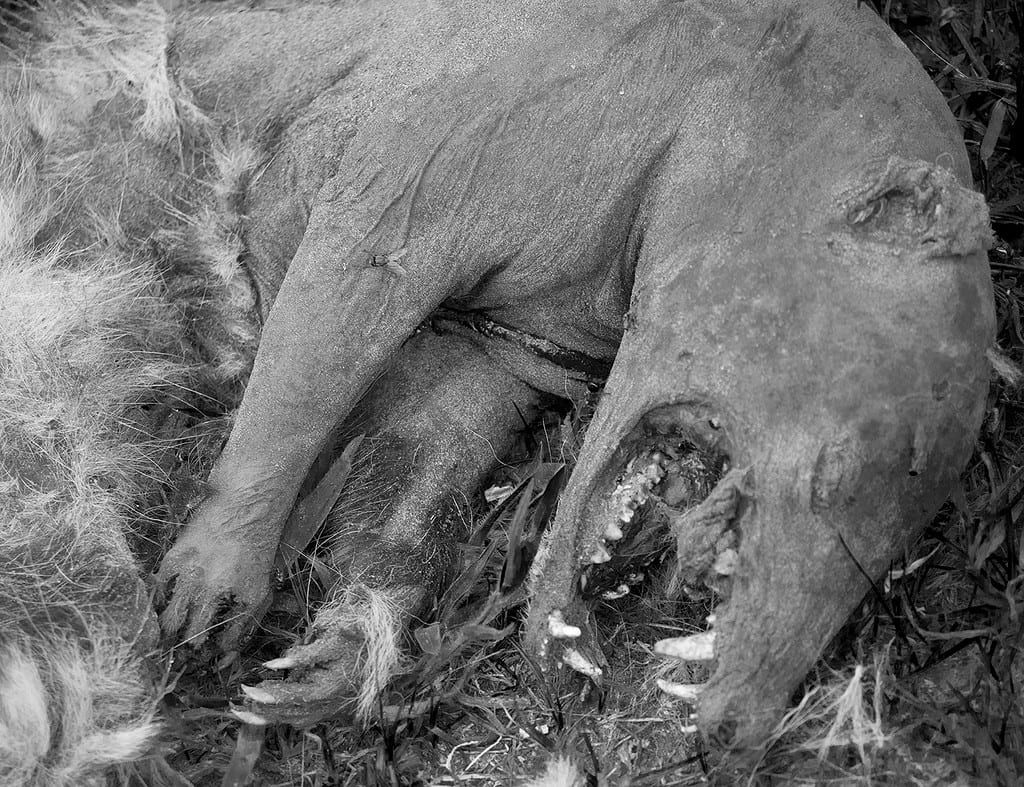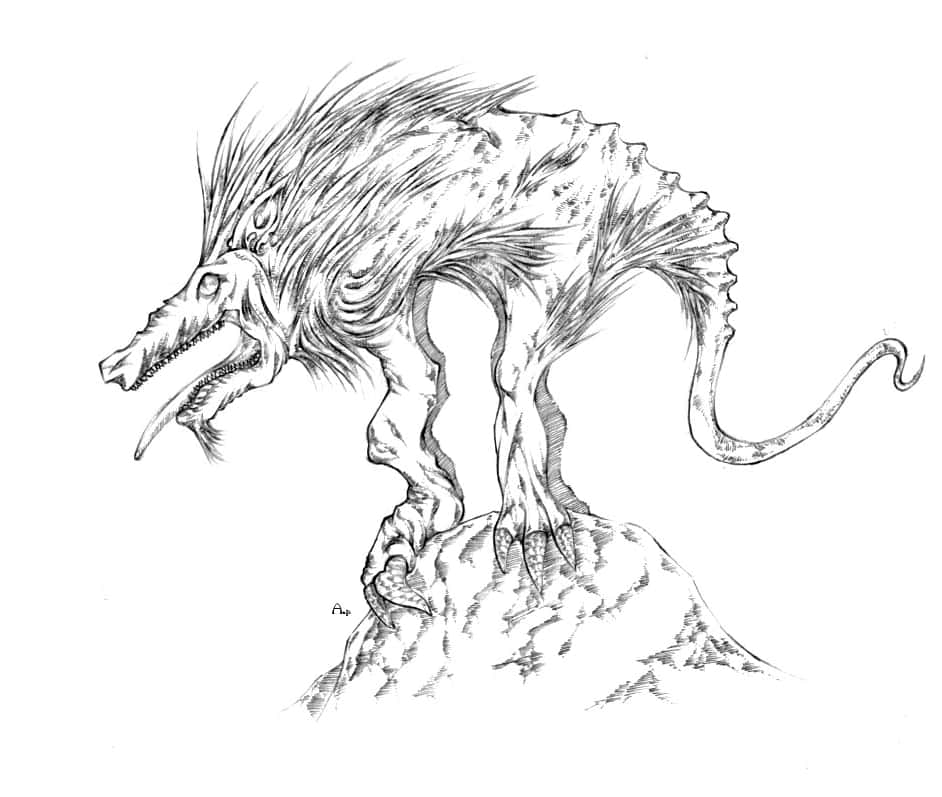It seems that every time we look at the news, it has leveled up and gotten even crazier than the last time we glanced its way. This story is just one of many about chupacabra sightings. With the adorable, tear-jerker kids’ movie Chupa on Netflix, many of us would be quite fine with helping a cute little fuzzball with wings, but what if they arrive in our backyard without fur?
Strange Occurences in Hill Country Villiage in Texas

Supposed chupacabras have been seen alive and dead in the southern U.S. states over time, raising questions regarding whether or not the beast is a myth.
As reported by KENS 5, Tina Kahlig spotted a very strange-looking creature feasting on some berries from her backyard bush recently and was so shocked at what she saw that it sent her scurrying for her camera. The creature in question looks to be hairless with large ears and a tuft of fur on the tip of its tail. Kahlig had no idea what the creature could be, so she took to the social media neighborhood app, Nextdoor, to post the photo and see what her neighbors thought.
The post reached her intended recipients, and they went above and beyond trying to figure out what type of animal the creature could be. Of course, several chimed in that it was a chupacabra, a mythological creature from Mexico.
Chupacabra

The El Chupacabra illustration shows one of the many versions of the mythological creature that people have dreamed up.
©Alvin Padayachee / Public Domain, via Wikimedia Commons – Original / License
The chupacabra in folklore is a creature that sometimes walks on its hind legs like a human, but other times walks on all fours. This creature has large red glowing eyes seen in the dark, large fangs and claws, and a human or ape-like body. The creature is furless, possibly has scales, and has sharp spines growing along its spine, like a prehistoric lizard.
Most of the sightings of this presumed mythological creature have been in the southwestern states of the U.S., Puerto Rico, and Latin America. The chupacabra was to blame for the unexplained deaths of cattle, goats, and other livestock for a very long time.
What’s Going On
Over the years, many people have photographed hairless animals as the chupacabra, but generally, a sound, educational, and fact-based answer has surfaced. This time will be no different. The animal photographed in Kahlig’s backyard munching on berries is most likely a coyote suffering from severe mange. It is also possible that the big-eared canine is none other than a Mexican hairless dog or Xoloitzcuintli, though it is unlikely.
Mange, short for sarcoptic mange, is canine scabies. Mites burrow beneath the surface of the skin and cause severe itching. It is very contagious to other canines. The affected animal will spend much of its time itching and feeling miserable. Over time, the mange can cause skin infections from itching and biting. It can also form a thick crust over the skin around the animal’s eyes, causing visual impairment or blindness. Mange only occurs in canines that are in poor health or that are malnourished.
The animal in question was likely a starving coyote suffering from mange, who is not able to hunt well, eating berries in a residential backyard. The large ears and characteristics of the coyote are present in this “chupacabra.” Stories have also surfaced of an old mountain lion that wanders in Hill Country Village, though there is nothing to back up the claim. The characteristics of the animal photographed are not that of a mountain lion.
Thank you for reading! Have some feedback for us? Contact the AZ Animals editorial team.







